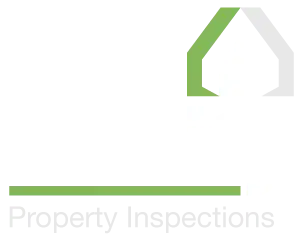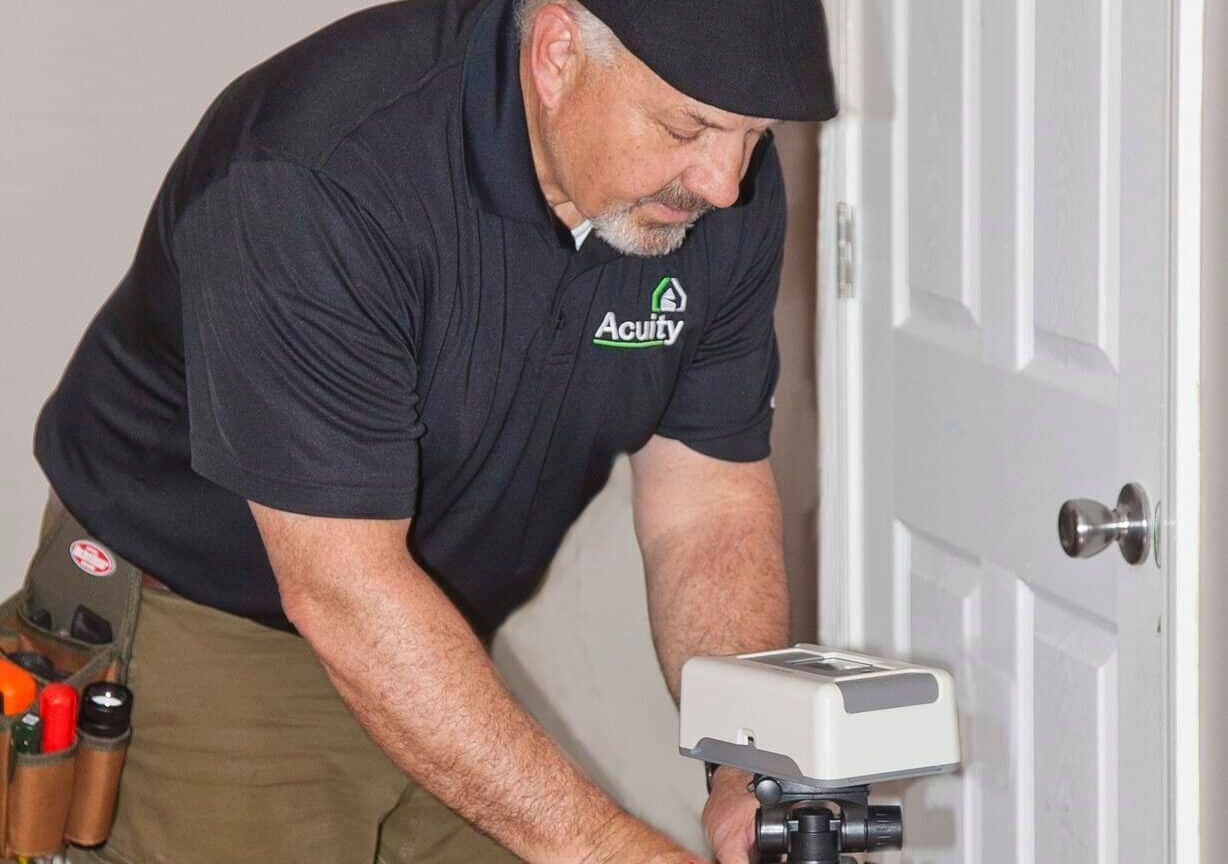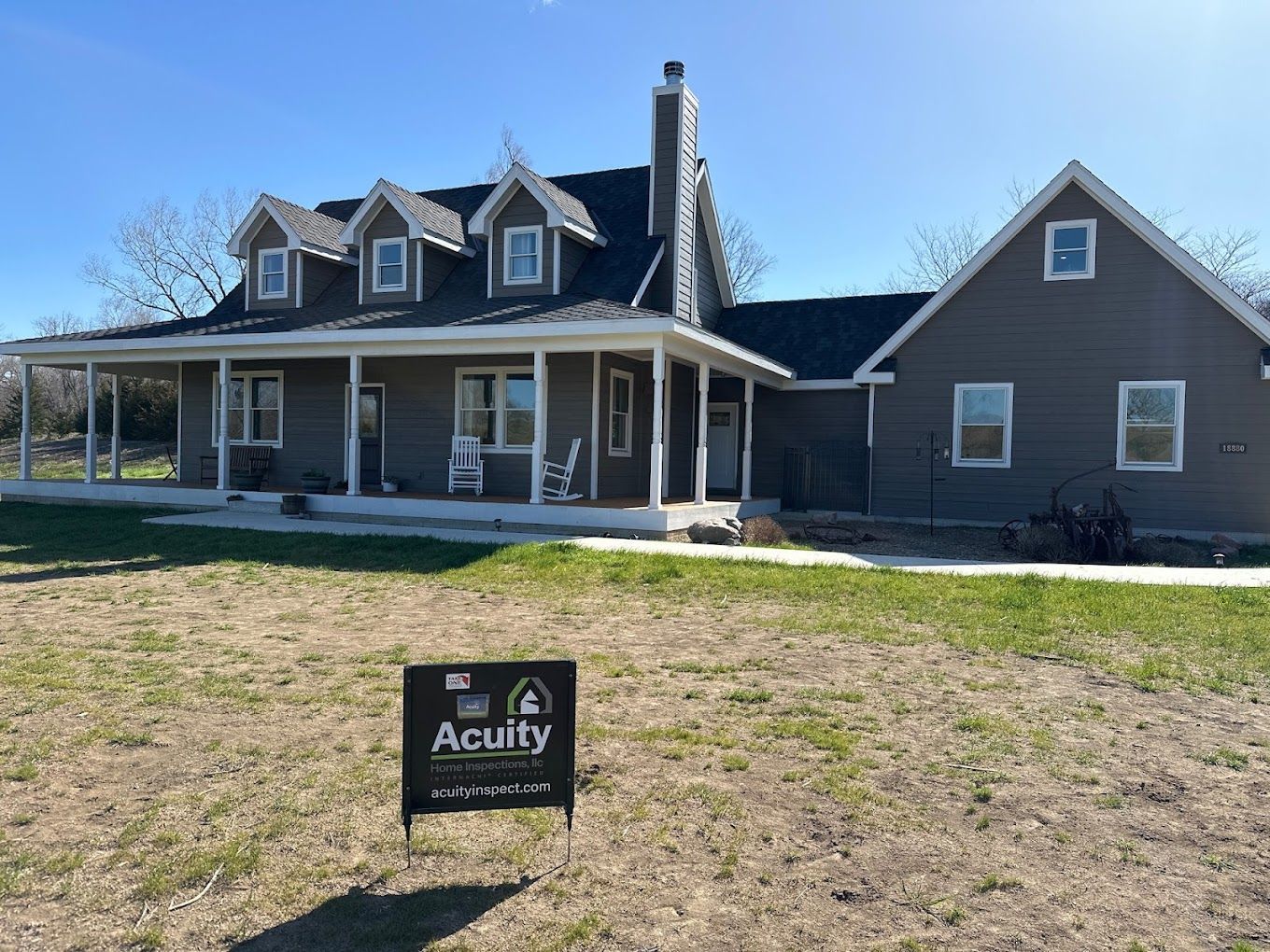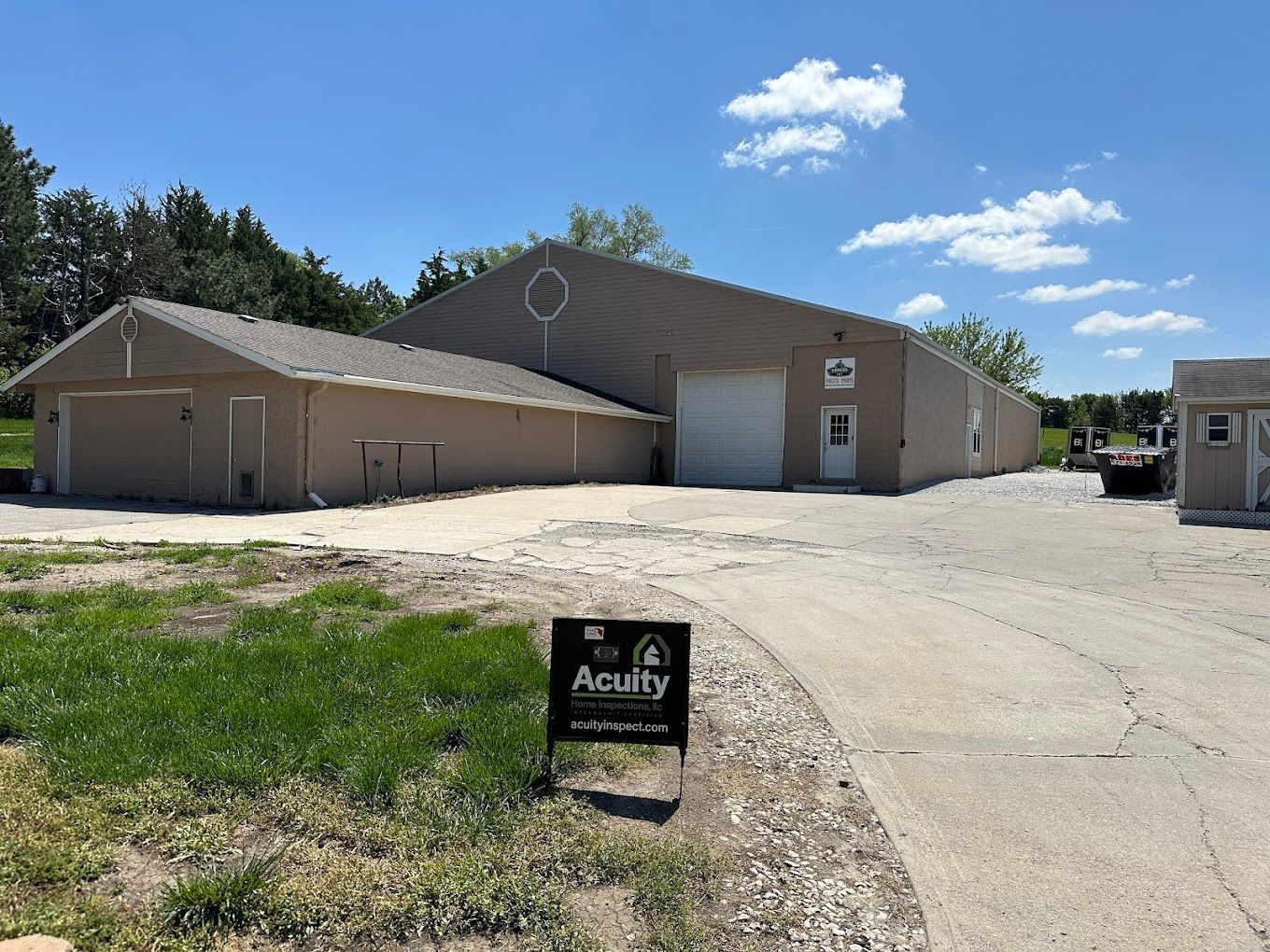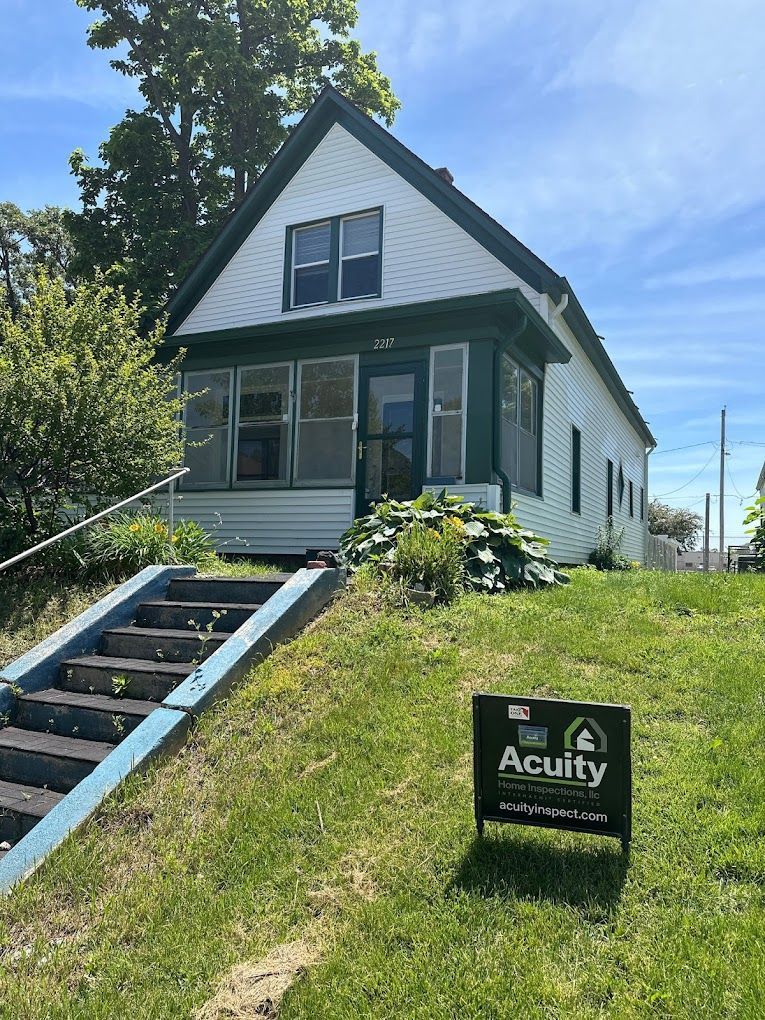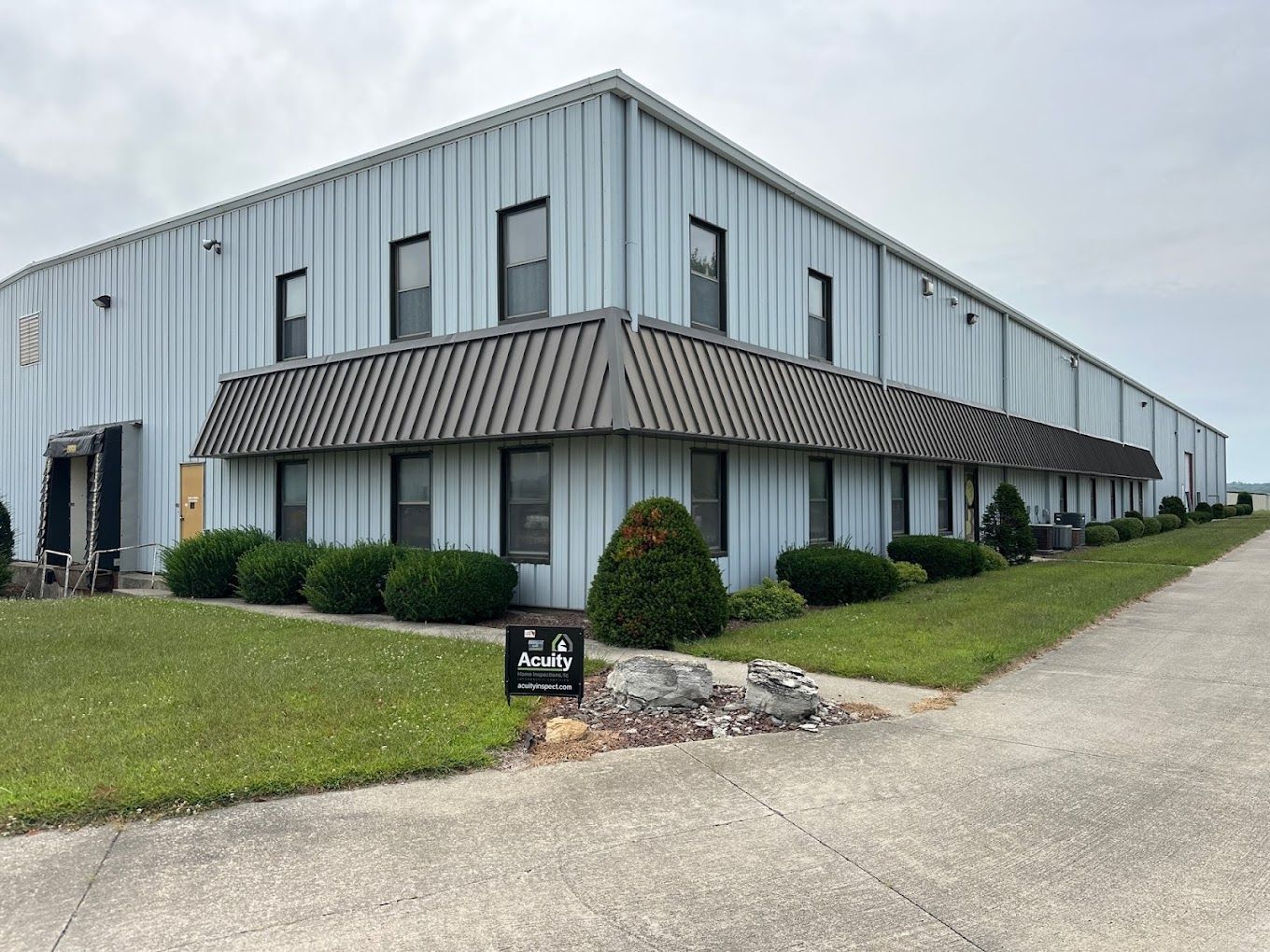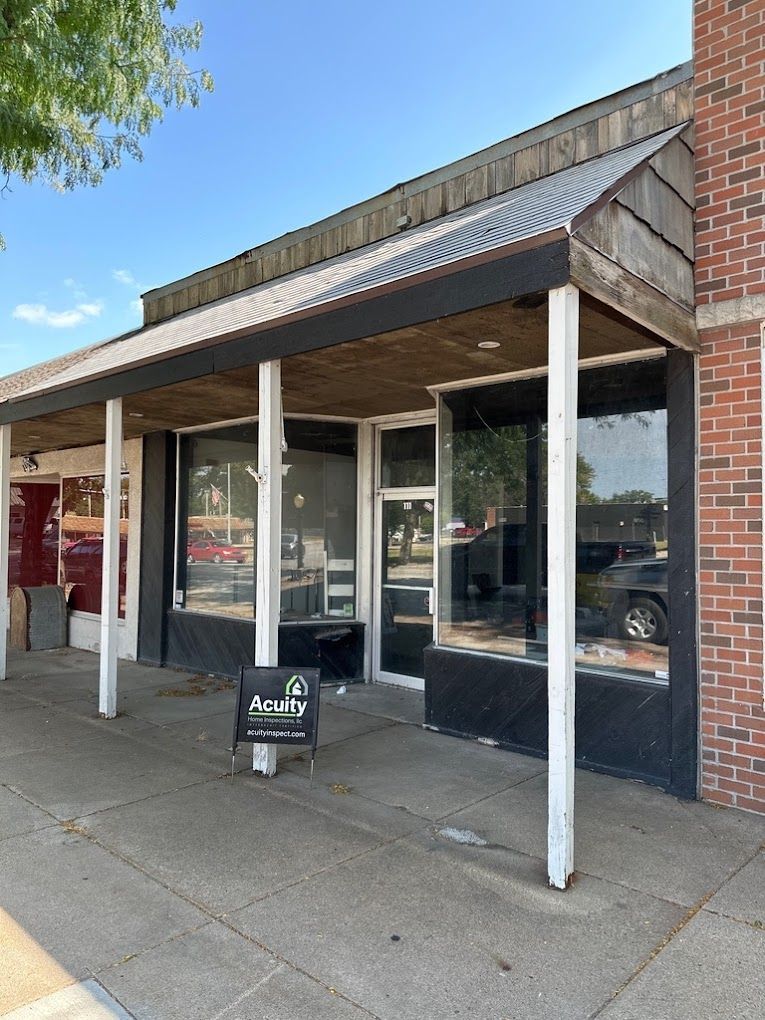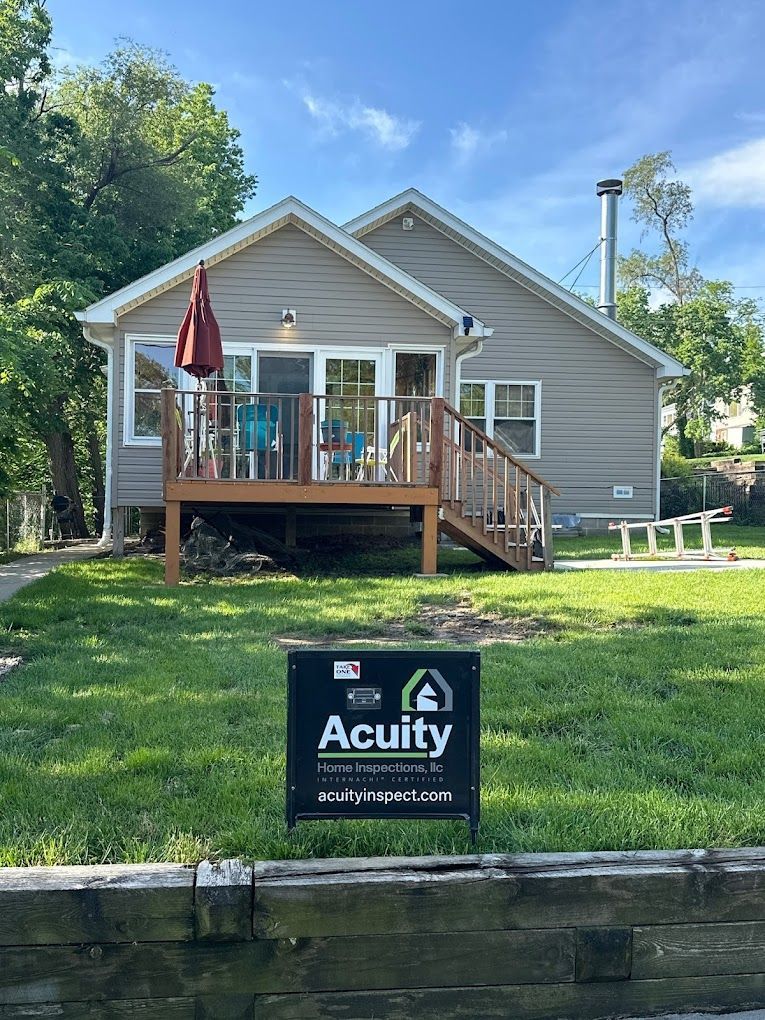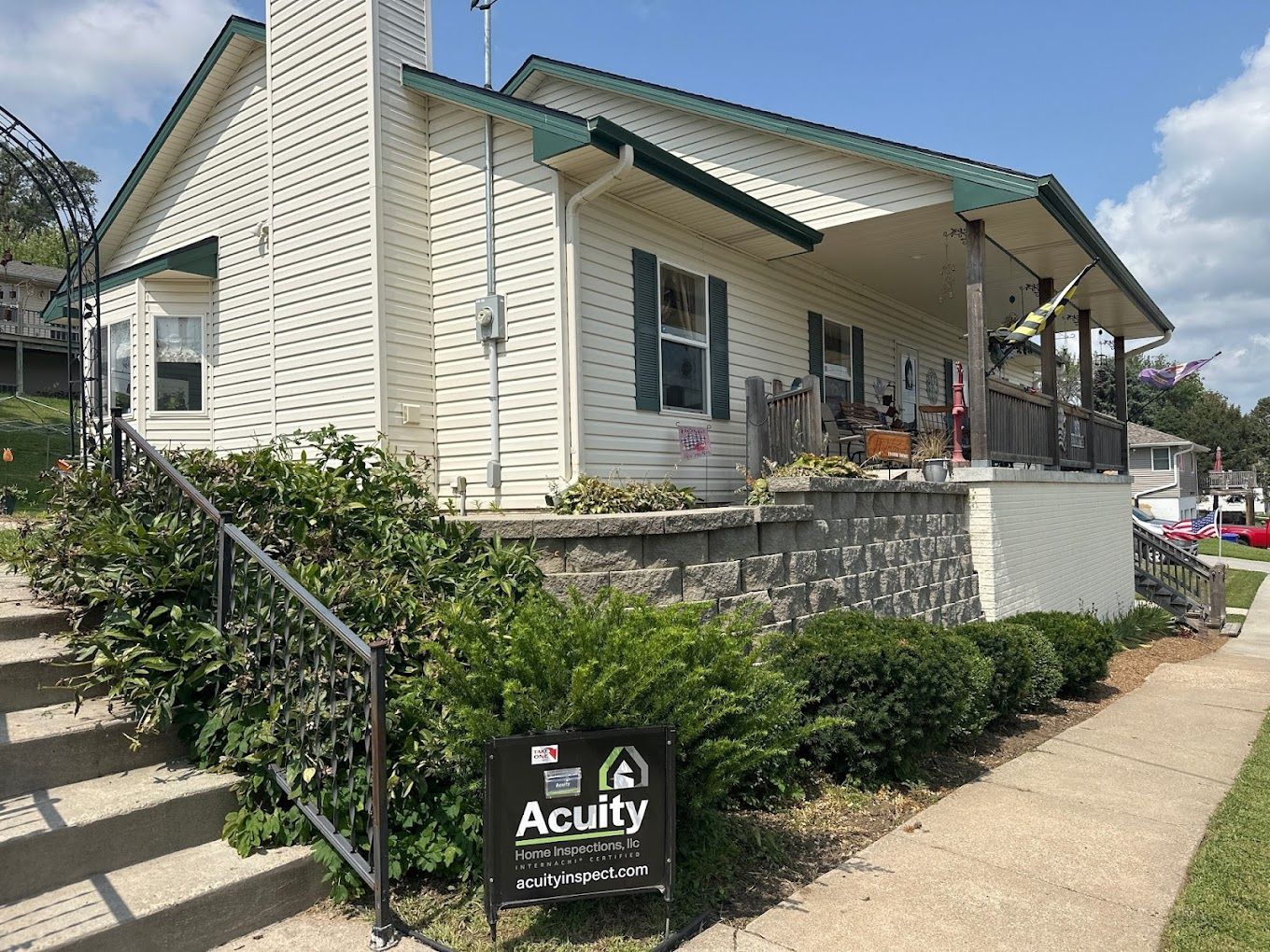Radon Testing in Omaha, NE
Protect Your Health with Comprehensive Radon Testing from Acuity Property Inspections
Radon is a colorless, odorless gas that results from the natural breakdown of uranium in soil and rock. It can infiltrate homes and commercial properties through cracks in floors, walls, and foundations, often going undetected without proper testing.
Prolonged exposure to elevated radon levels is a serious health risk, with studies linking it to lung cancer and other respiratory issues. At Acuity Property Inspections, we offer comprehensive radon testing services in Omaha, NE, designed to detect and measure radon levels accurately.
Our thorough approach ensures that you are informed about any radon risks in your property, allowing you to take the necessary steps to safeguard your health and well-being.
What to Expect from Our Radon Testing Services
Professional Assessment
Our certified technicians will conduct a detailed assessment of your property to identify potential radon entry points. We use advanced equipment to measure radon levels accurately over a specified period.
Testing Procedure
Radon testing typically involves placing testing devices in various locations within the property, including basements and lower levels where radon concentrations are most likely to be higher. We use both short-term and long-term testing methods to provide a comprehensive analysis.
Results and Reporting
Once testing is complete, we analyze the data and provide you with a detailed report. The report includes radon levels detected, recommendations for mitigation if necessary, and guidance on how to reduce radon levels if they are found to be high.
Mitigation Recommendations
If elevated radon levels are detected, we offer recommendations for effective radon mitigation solutions. This may include improvements to ventilation systems, sealing cracks, or installing radon reduction systems to ensure that radon levels are brought to safe levels.
Why Choose Acuity Property Inspections for Radon Testing?
- Certified Experts:
Our team is trained and certified in radon testing, ensuring accurate and reliable results. We adhere to industry standards and guidelines to provide you with the highest level of service.
- Advanced Technology:
We utilize state-of-the-art radon testing equipment to deliver precise measurements. Our technology allows us to detect even low levels of radon and provide a clear assessment of your property’s safety.
- Comprehensive Service:
From initial assessment to final reporting, we offer a complete range of radon testing services. Our thorough approach ensures that every aspect of radon safety is covered, giving you complete confidence in the results.
- Customer-Focused Approach:
We are dedicated to delivering exceptional customer service. Our team is available to answer your questions, provide detailed explanations of the results, and offer guidance on next steps if radon levels are found to be high.
Schedule Your Radon Testing Today
Protect your health and ensure the safety of your property with professional radon testing from Acuity Property Inspections. Contact us today to schedule your radon test in Omaha, NE. Our expert team is here to provide you with accurate results and peace of mind regarding your property’s radon levels.
